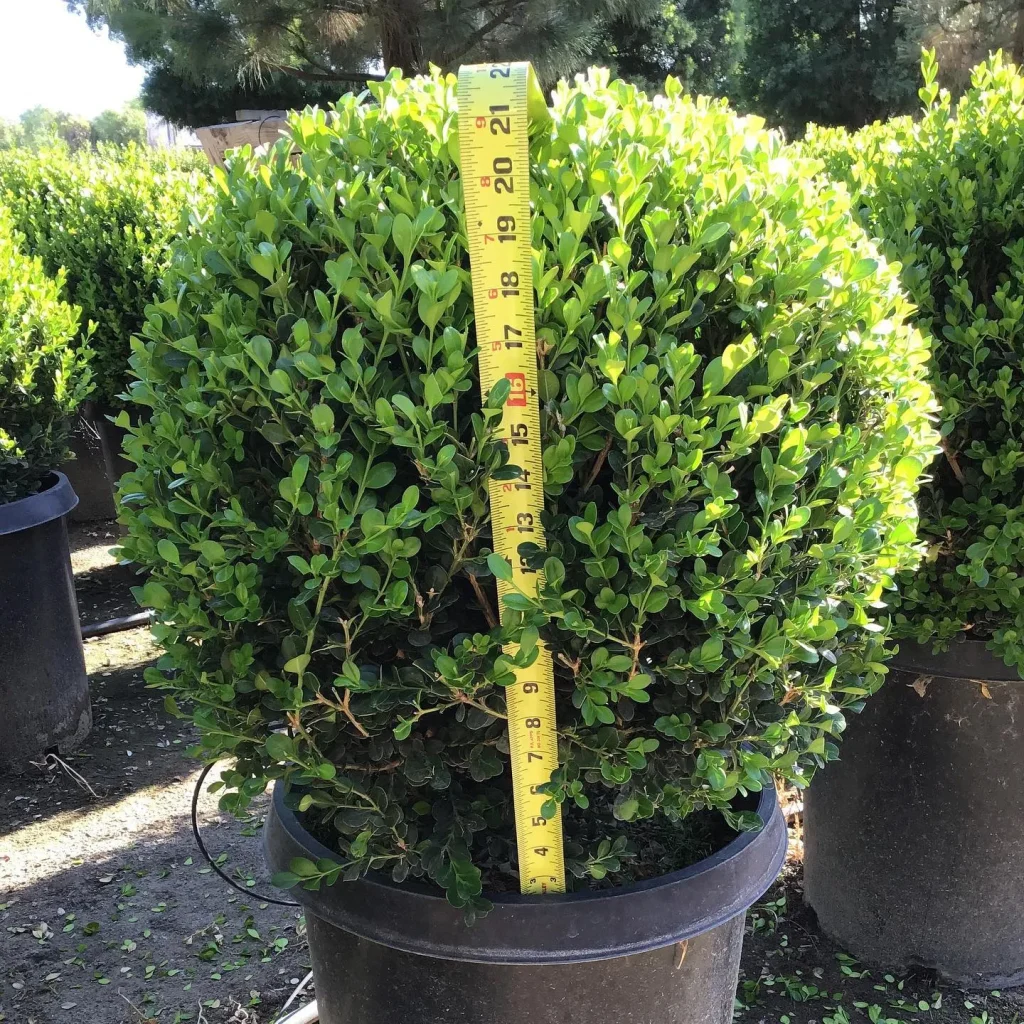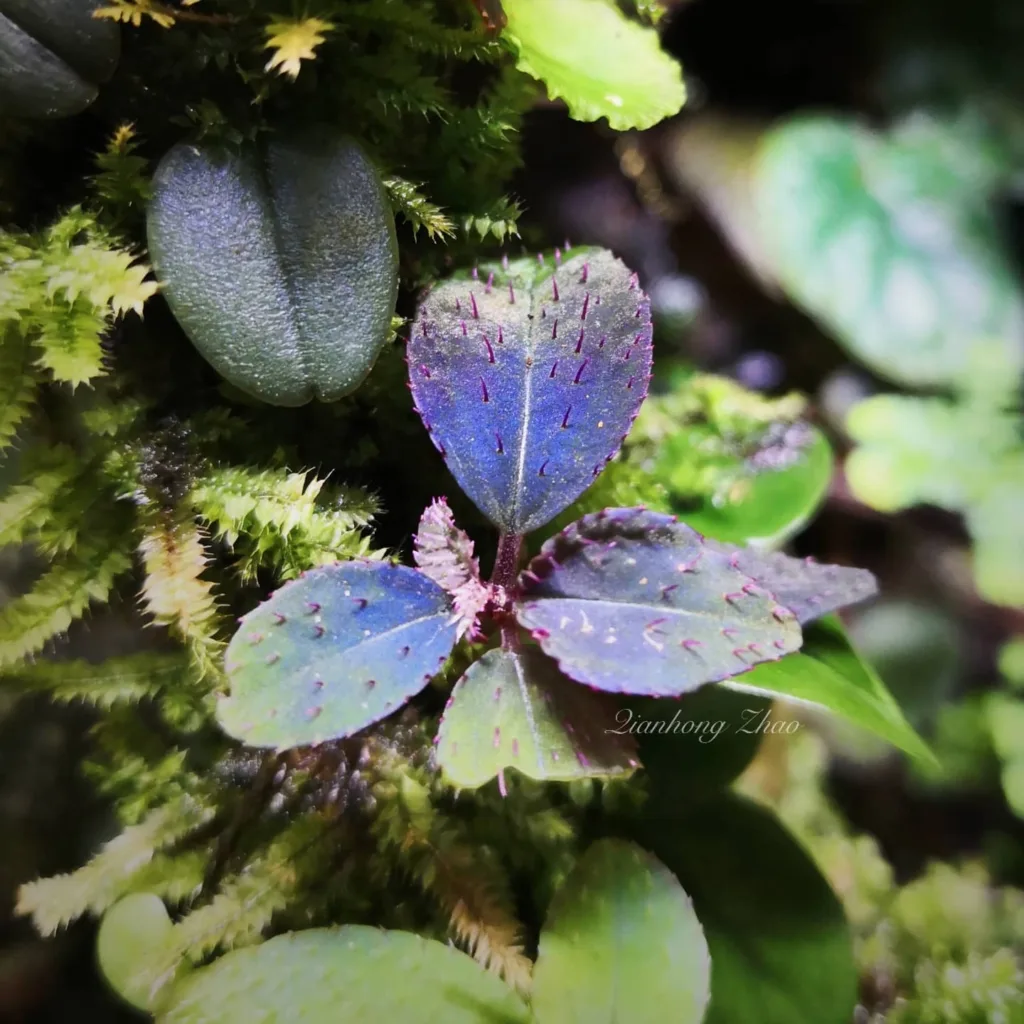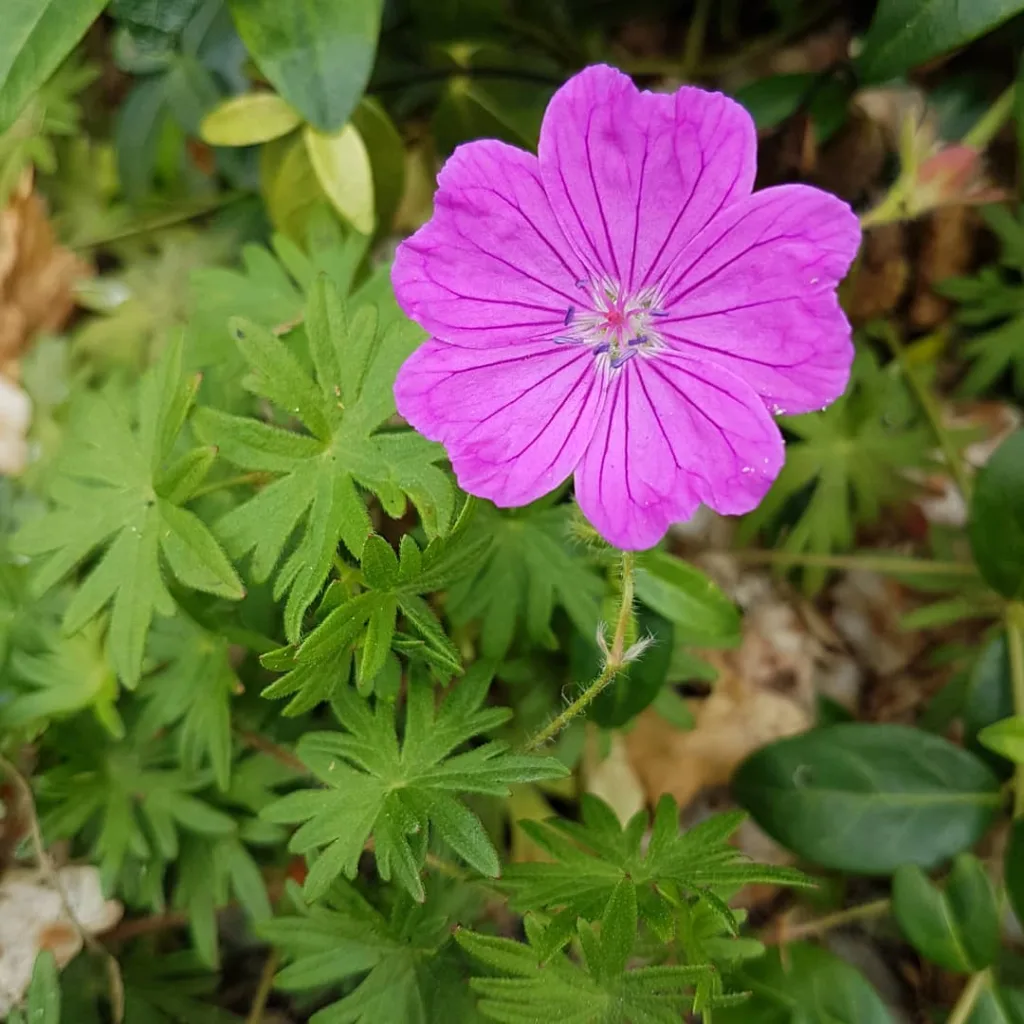
What is American wisteria?
American wisteria is a stunning flowering vine native to the southeastern United States, known for its cascading clusters of fragrant, lavender-blue flowers. I first encountered it while visiting a botanical garden and was captivated by its beauty and charm. Unlike its more aggressive counterpart, the Chinese wisteria, the American wisteria is a less invasive option for gardeners seeking a vine that won’t take over their landscape.
4 Species in Genus Wisteria
American Wisteria vs Chinese Wisteria
When I compared American Wisteria to Chinese Wisteria, I found that the American variety’s more controlled growth felt less overwhelming in my garden.
American Wisteria vs Japanese Wisteria
Between American Wisteria and Japanese Wisteria, I preferred the American one since its blooms, while not as showy, gave my yard a lovely, subtle elegance without taking over everything.
American Wisteria vs Asian Wisteria
Choosing between American Wisteria and Asian Wisteria, the American type was my favorite because its less aggressive nature made it easier to manage and integrate into my landscape.
Is American wisteria fragrant?
Yes, American wisteria is fragrant, and its delicate aroma adds to its allure. The scent of its blossoms is reminiscent of grape soda, filling the air with a sweet fragrance that attracts pollinators like bees and butterflies. It’s one of my favorite aspects of this vine, enhancing the sensory experience of being in the garden.
Is American wisteria invasive?
Compared to the Chinese wisteria, the American wisteria is considered less invasive, making it a more desirable choice for gardeners concerned about plant aggressiveness.
How fast does American wisteria grow?
American wisteria typically grows at a moderate rate, compared to its more aggressive relative, the Chinese wisteria. Under optimal conditions, American wisteria can grow around 6 to 10 feet per year once established. However, its growth rate may vary depending on factors such as soil quality, sunlight exposure, and moisture levels. While it’s not as fast-growing as some other vines, its steady growth ensures that it will cover trellises, arbors, or other structures over several years, creating a beautiful display of cascading flowers in the garden.
How to grow American wisteria?
Growing American wisteria is relatively straightforward, but it requires the right conditions to thrive. It prefers full sun to partial shade and well-drained soil with regular moisture. I planted mine in a location with ample sunlight and provided support for it to climb, such as a trellis or pergola. Regular watering during the growing season and occasional fertilizing helped promote healthy growth and abundant flowering.
Is American wisteria poisonous?
American wisteria is not considered poisonous to humans, pets, or livestock, which makes it a safe option for gardens where children and animals may be present. However, it’s always a good idea to exercise caution and avoid ingesting any part of the plant.
When does American wisteria bloom?
American wisteria typically blooms in late spring to early summer, usually around May or June, depending on your climate and growing conditions. The flowers emerge before the foliage, forming dense clusters of fragrant blossoms that are a sight to behold. It’s one of the highlights of the gardening season for me, eagerly anticipated each year.
Where to buy American wisteria?
You can buy American wisteria from various nurseries and garden centers that specialize in vines and climbing plants. Additionally, online retailers often offer a wide selection of cultivars and varieties, allowing you to choose the perfect specimen for your garden.
How to identify American wisteria?
Identifying American wisteria is relatively straightforward once you know what to look for. It has compound leaves with 9 to 15 leaflets arranged alternately along the stem. The flowers are borne in hanging clusters, with each flower featuring a distinctive shape and color. Pay attention to the growth habit, foliage, and flowers to distinguish it from other wisteria species.
Can you grow American wisteria with other vines?
You can grow American wisteria with other vines, but there are a few things to consider for a successful cohabitation:
- American wisteria’s vigorous nature: While less aggressive than its Asian cousins, American wisteria is still a vigorous climber. It can grow quite large and can easily smother out slower-growing or delicate vines.
- Light competition: American wisteria thrives in full sun or partial shade. Planting it with vines that require significant shade might stunt their growth due to light competition.
Here are some good companion vines for American wisteria:
- Clematis: Clematis comes in a variety of sizes and bloom times, so you can find a variety that complements your wisteria’s flowering season. Just make sure to choose a clematis that can handle full sun or partial shade.
- Trumpet vine (Campsis radicans): This fast-growing vine produces vibrant orange or red trumpet-shaped flowers in mid to late summer. It can handle full sun and can keep up with American wisteria’s vigorous growth.
- Virginia Creeper (Parthenocissus quinquefolia): This beautiful vine with stunning red fall foliage is another option. Just be aware that Virginia Creeper can be quite vigorous itself, so proper training and pruning might be needed.
How to prune American wisteria?
Pruning American wisteria is essential to maintain its shape, promote flowering, and prevent it from becoming too unruly. I typically prune mine in late winter or early spring while it’s still dormant, removing any dead or damaged growth and shaping it to encourage airflow and light penetration. I also prune after flowering to control its size and remove any spent blossoms. Regular pruning helps keep American wisteria healthy and vigorous, ensuring it continues to thrive year after year.
If i die, water my plants!



